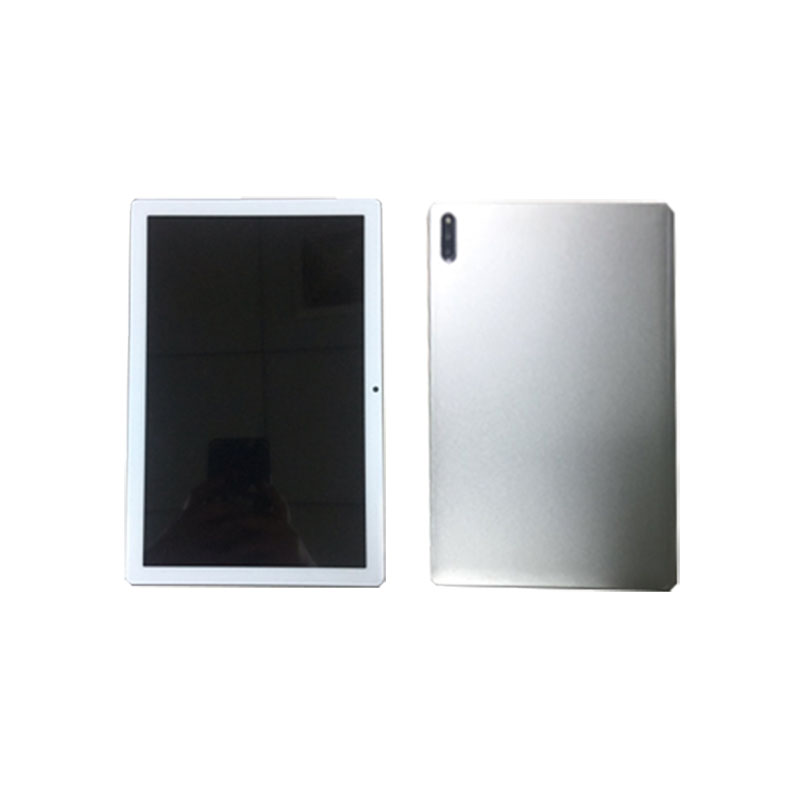Key Features of Android 4G Education Tablet
2024-07-19
An Android 4G education tablet is a versatile device designed to enhance learning through internet connectivity and access to educational apps and resources. These tablets are particularly useful in remote learning environments, classrooms, and for individual study. Here’s a comprehensive overview:
Key Features:
1. 4G Connectivity:
- Enables internet access without relying on Wi-Fi, allowing students to connect from anywhere with cellular coverage.
- Ideal for remote areas or on-the-go learning.
2. Android Operating System:
- Provides access to a vast library of educational apps through the Google Play Store.
- User-friendly interface familiar to most students and educators.
3. Educational Apps and Content:
- Pre-installed or easily downloadable educational apps for various subjects and age groups.
- Access to e-books, interactive learning tools, and online courses.
4. Hardware Specifications:
- Processor: Efficient processing power for running educational apps smoothly.
- RAM: Sufficient memory (usually 2GB or more) for multitasking.
- Storage: Internal storage (16GB or more) with expandable options via microSD card for storing educational materials.
- Display: High-resolution screen (7-10 inches) for clear and vibrant visuals.
- Battery Life: Long battery life (6-10 hours) to last through a school day.
5. Durability and Design:
- Rugged construction or protective cases to withstand drops and rough handling.
- Lightweight and portable design for easy transport.
6. Camera and Audio:
- Front and rear cameras for video conferencing and project documentation.
- Good quality speakers and microphone for clear audio during online classes.
7. Parental Controls and Security:
- Built-in parental control features to restrict content and usage time.
- Security updates and antivirus software to protect against malware and unauthorized access.
Benefits:
1. Enhanced Learning Experience:
- Interactive and multimedia-rich educational content keeps students engaged.
- Access to a wide range of learning resources, including videos, simulations, and games.
2. Flexibility:
- Learning can happen anywhere, anytime, thanks to 4G connectivity.
- Supports both synchronous (live) and asynchronous (self-paced) learning.
3. Collaboration and Communication:
- Enables easy communication between students, teachers, and peers through messaging apps, video calls, and collaborative platforms.
- Supports group projects and remote tutoring.
4. Cost-Effective:
- More affordable than many laptops, making it accessible for schools and families.
- Reduces the need for multiple devices (e.g., e-readers, video players).
Considerations When Choosing an Education Tablet:
1. Age Appropriateness:
- Ensure the tablet's size, weight, and app availability are suitable for the student's age group.
2. Content and App Support:
- Verify the availability of required educational apps and compatibility with the curriculum.
3. Battery Life:
- Consider battery life to ensure it can last through a full day of school activities without needing a recharge.
4. Durability:
- Look for models with rugged designs or invest in protective cases and screen protectors.
5. Price:
- Balance between cost and features to find a tablet that meets educational needs without overspending.
6. Support and Warranty:
- Check for warranty options and customer support availability in case of technical issues.
By choosing the right Android 4G education tablet, students can benefit from a rich, interactive learning environment that extends beyond the traditional classroom, making education more accessible and engaging.



